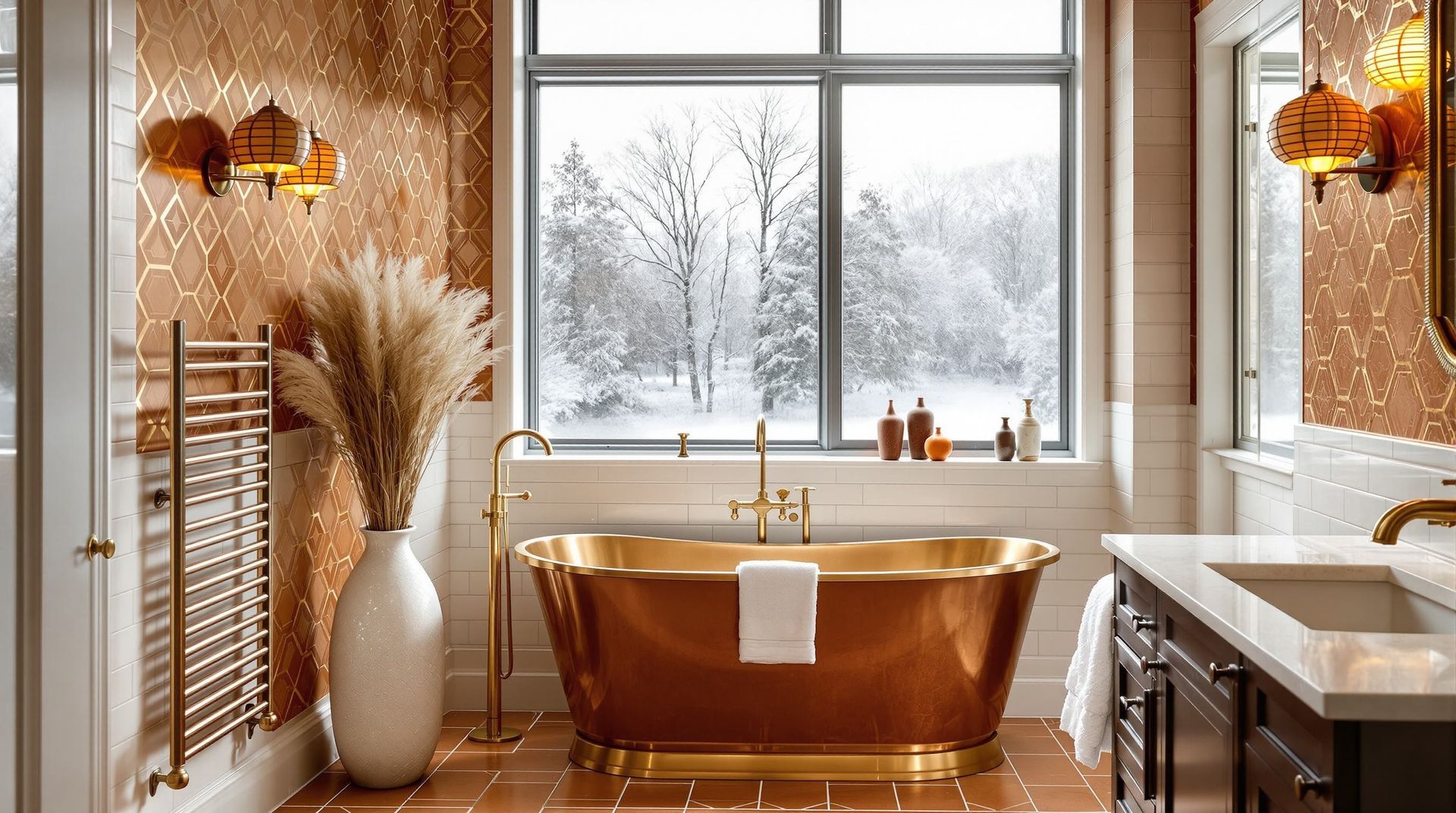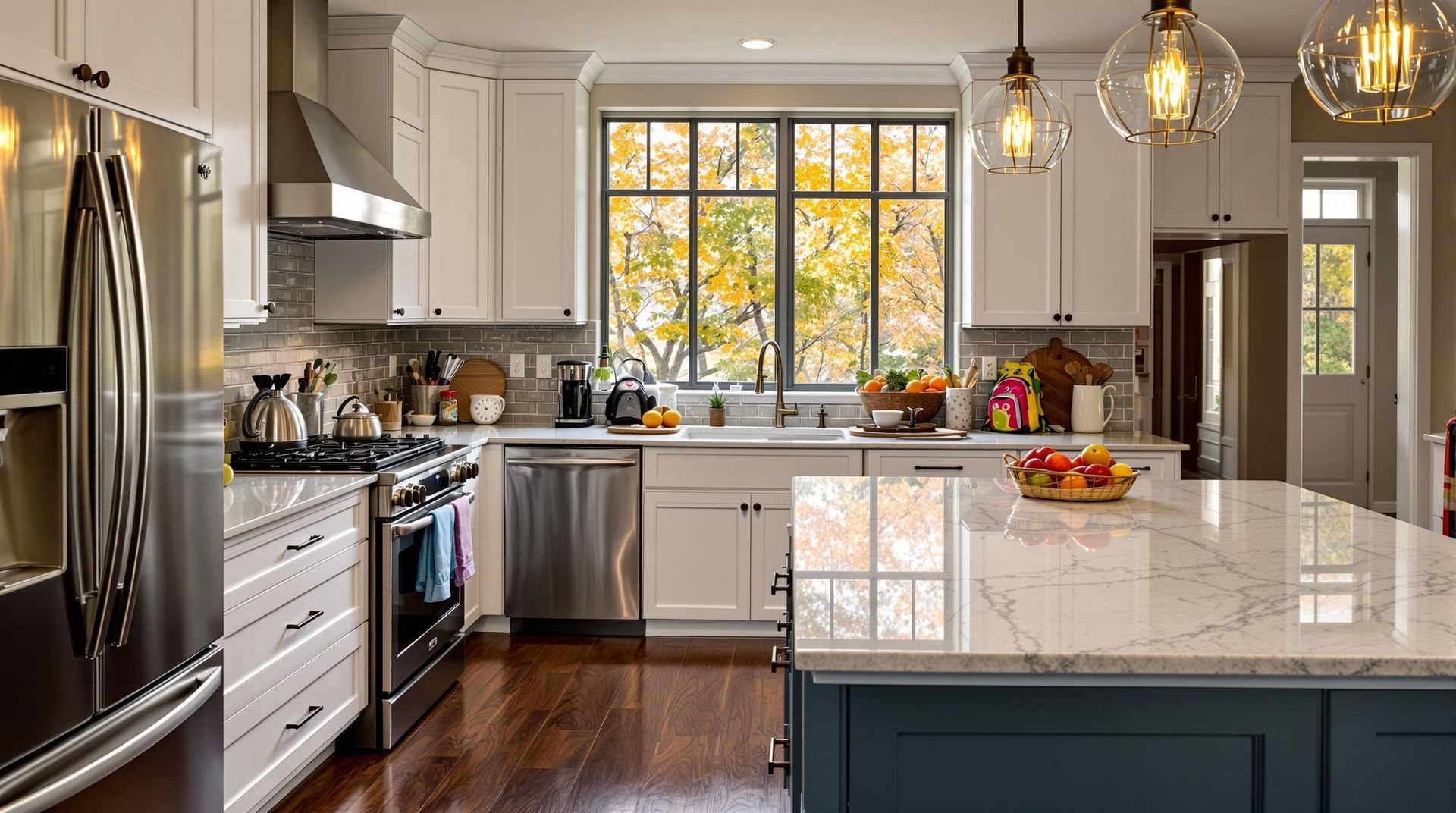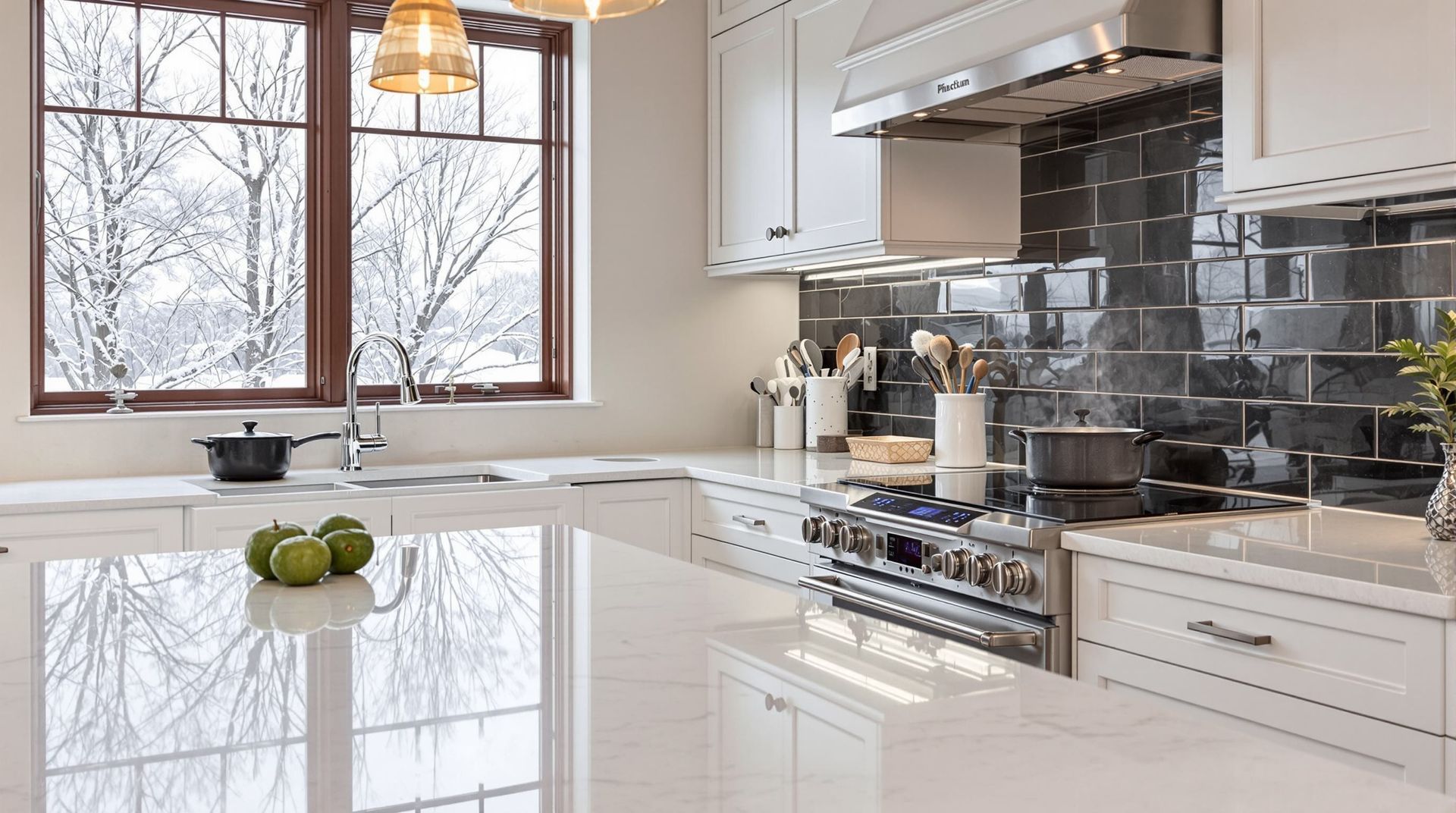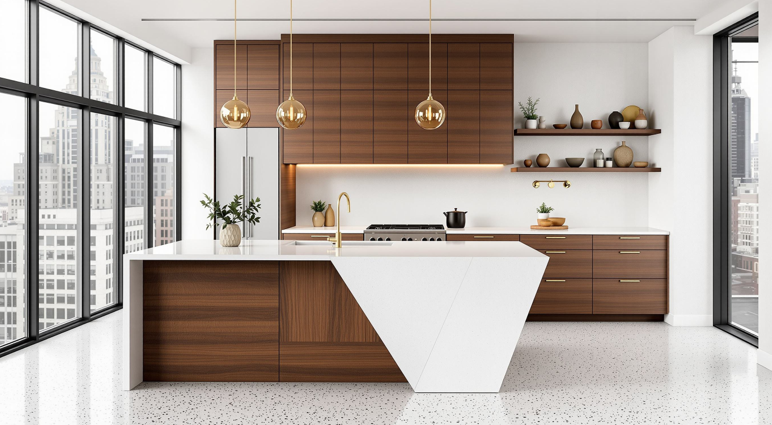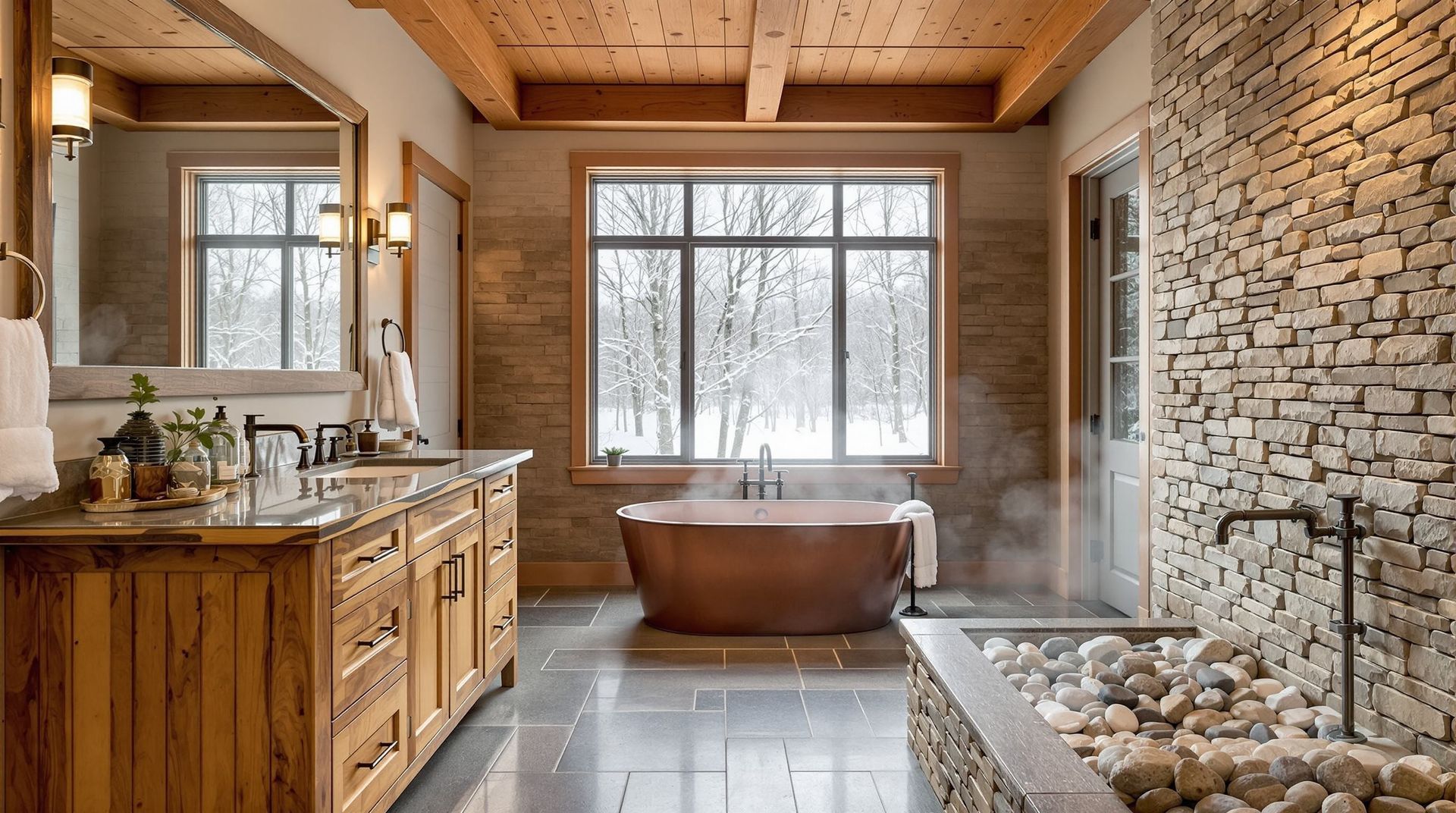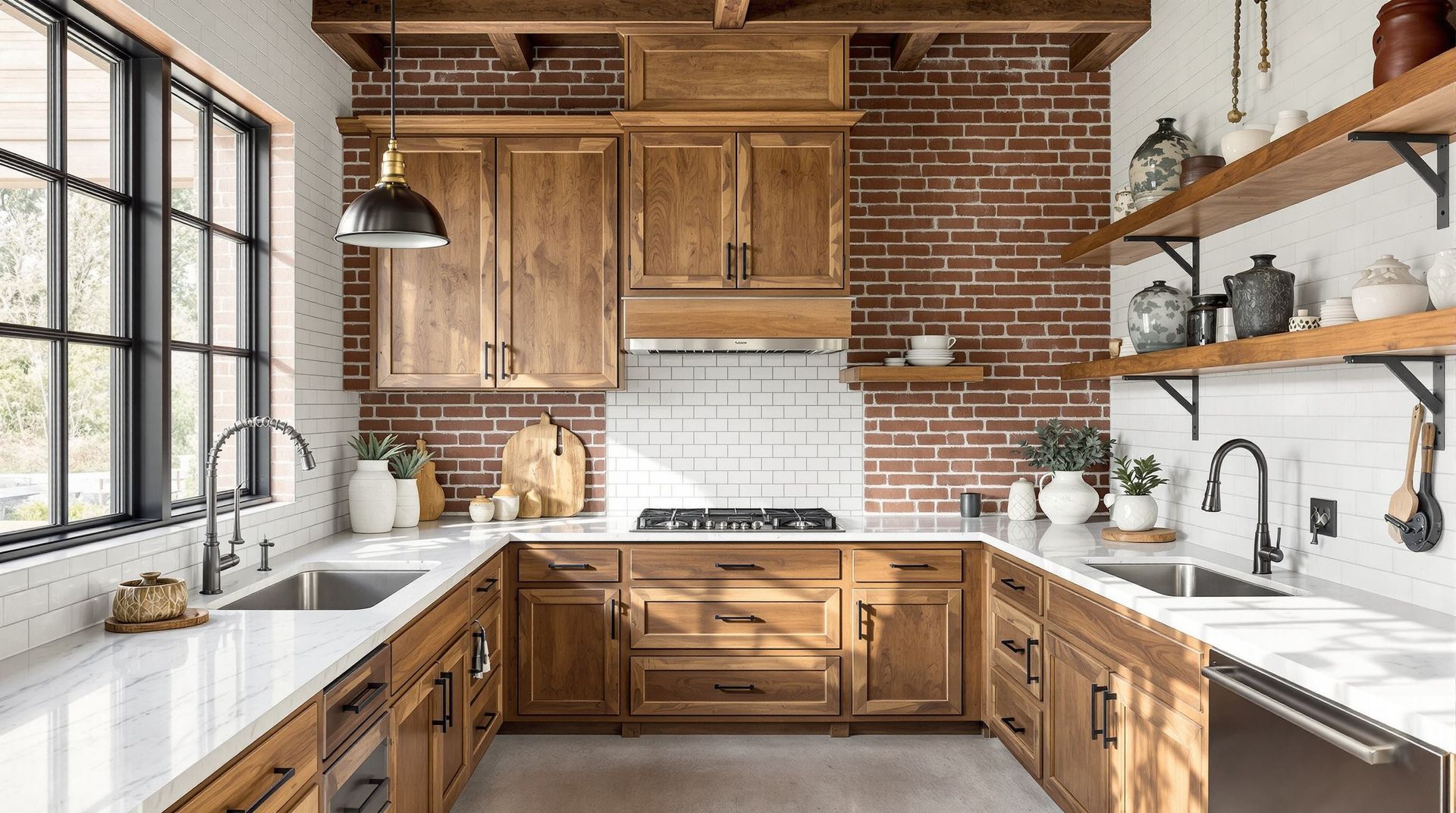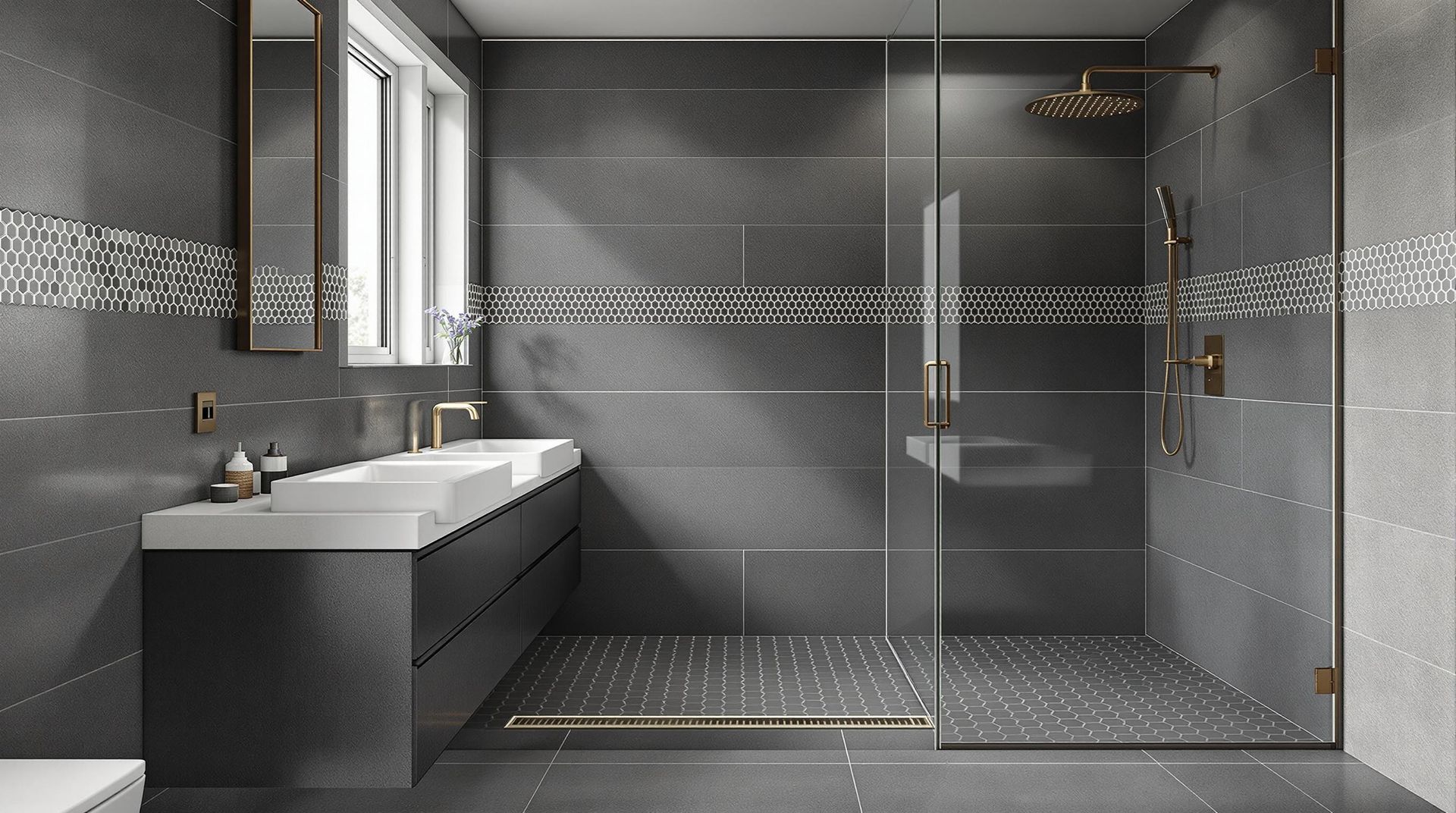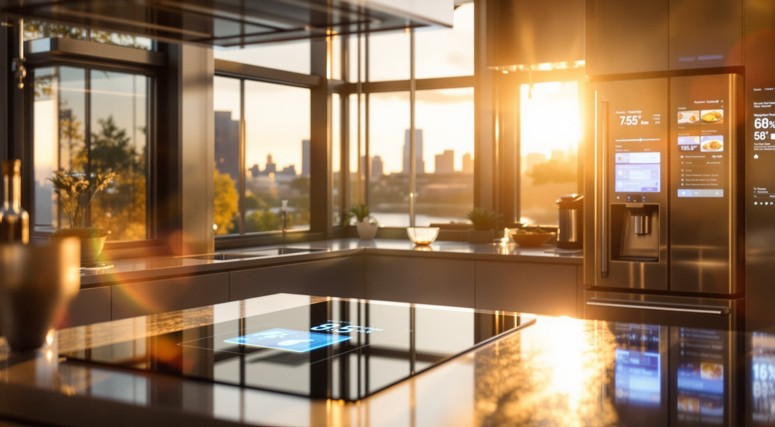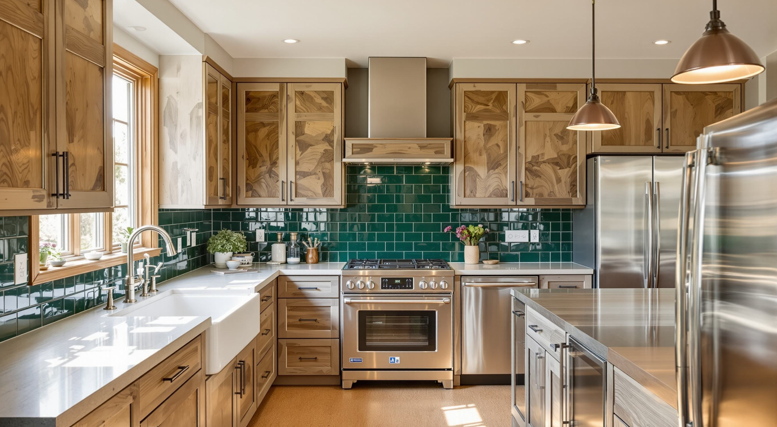Combining Traditional and Contemporary Styles in Pittsburgh, PA Bathroom Remodeling
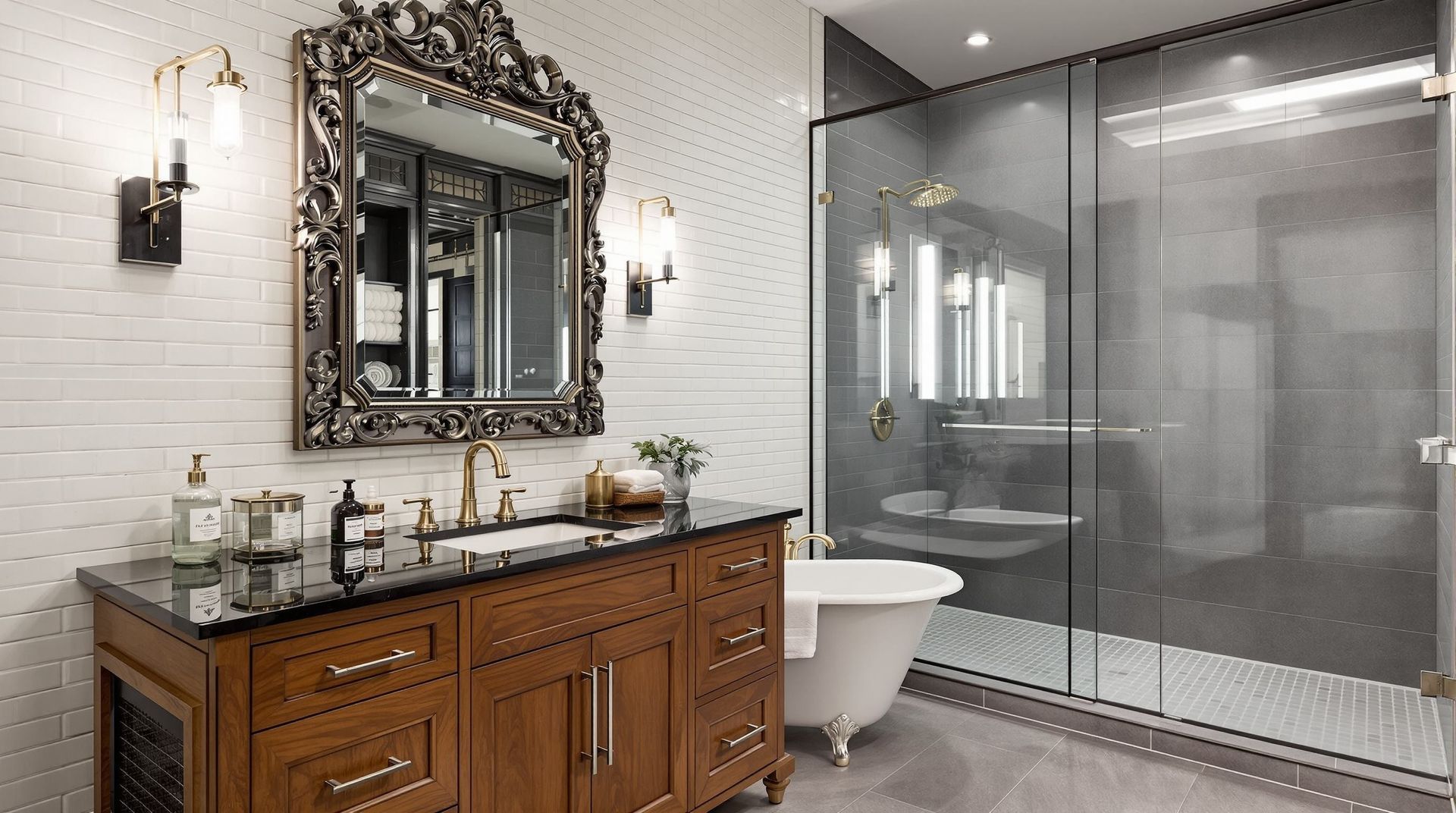
For many Pittsburgh homeowners, remodeling a bathroom often means choosing between two design styles they love: the warmth of traditional craftsmanship and the clean look of modern simplicity. The good news is, you don’t have to choose. With the right approach, these two styles can work together beautifully.
Pittsburgh’s homes, from early brick colonials to craftsman bungalows and mid-century properties, provide the perfect canvas for this kind of balance. Many already have architectural charm that pairs well with updated finishes and fixtures. The result is a bathroom that feels both familiar and new.
In this post, we’ll explore how to successfully combine traditional and contemporary styles in your bathroom remodel. You’ll learn how to create harmony between the two, which materials work best, and how to ensure your design feels cohesive and timeless.
Why This Blend Works So Well in Pittsburgh Homes
Pittsburgh has a rich architectural history, with homes that reflect over a century of changing styles. From the brick facades in Shadyside to ranch-style houses in the South Hills, every property tells its own story. Blending traditional and contemporary elements allows that story to evolve while respecting its roots.
Traditional design brings warmth, texture, and familiarity. Contemporary updates introduce efficiency and simplicity. When the two meet, you get a space that feels grounded yet refreshed. Many Pittsburgh homeowners also appreciate that this balanced approach helps increase home value while keeping the design relevant for years to come.
Key Elements of a Traditional–Contemporary Bathroom
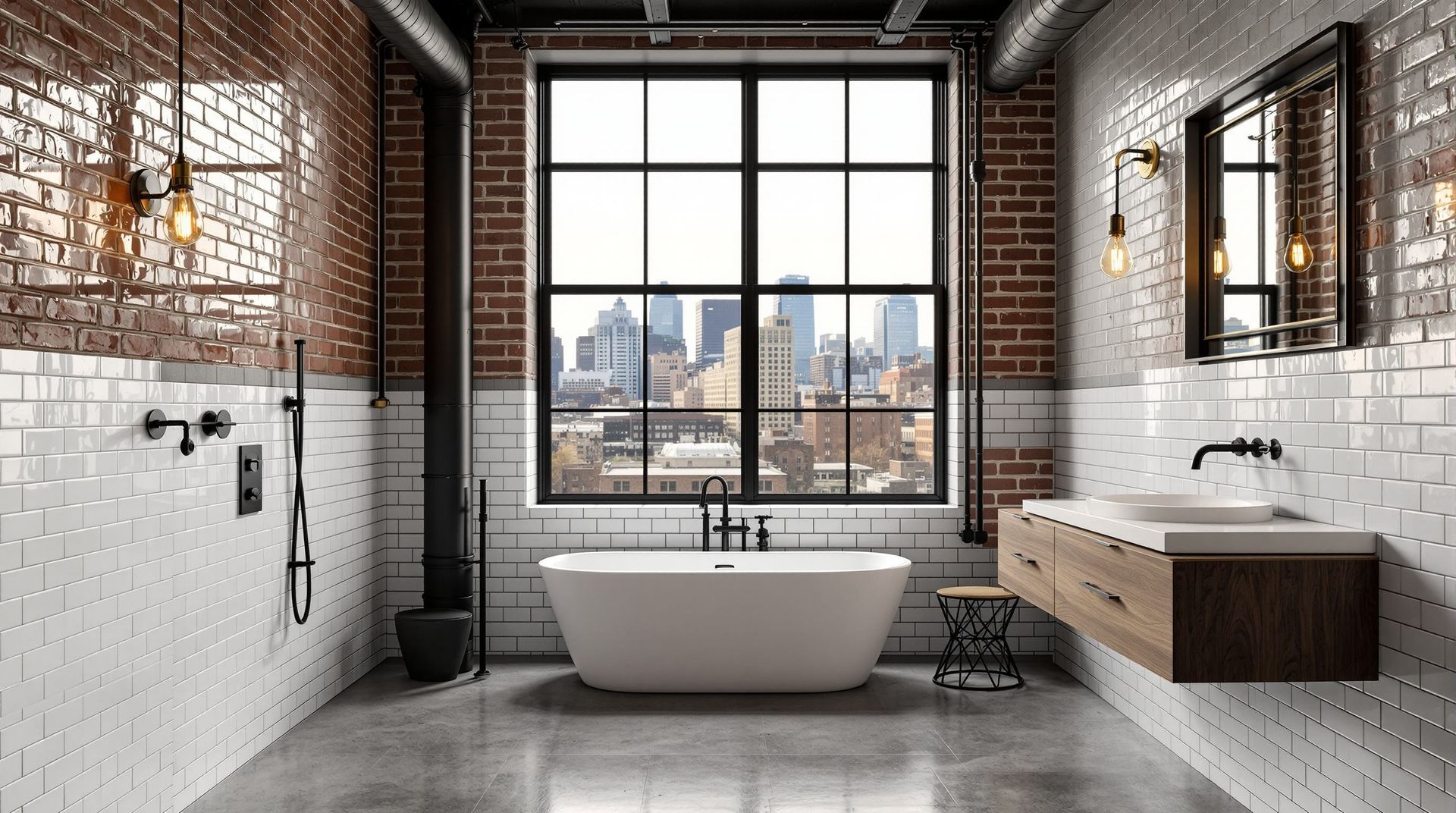
Color Palette and Materials
Finding the right mix starts with color. Soft whites, warm grays, and subtle beiges act as a neutral foundation that links older and newer design features. You can bring warmth through natural wood tones or marble-look surfaces, then add modern contrast with sleek quartz or matte finishes.
Pittsburgh’s seasonal humidity and temperature changes make durability especially important. Choosing moisture-resistant materials and finishes will keep your bathroom beautiful and functional for years.
Fixtures and Hardware
Blending fixtures is a great way to express both personality and style. A freestanding tub with modern lines pairs beautifully with classic cross-handle faucets. Or you might choose a marble-topped vanity with a simple black-framed mirror for contrast.
Consistency is key. Repeating a finish like brushed nickel or matte black across faucets, lighting, and cabinet hardware ties the room together. Even small details, such as matching towel bars or mirror trim, can make the space feel intentional and complete.
Layout and Functionality
Many Pittsburgh homes were built long before today’s open-concept bathrooms became popular, so thoughtful space planning is essential. A well-designed layout can make smaller rooms feel open and efficient while preserving original charm.
Floating vanities create the illusion of space, while recessed lighting and large mirrors brighten rooms that might not get much natural light. Adding built-in shelving or custom storage also helps maintain a clean, uncluttered look while respecting the home’s architecture.
How to Maintain Cohesion Between the Two Styles
The most successful designs usually have one dominant style and one supporting style. If you prefer a traditional look, modern lighting or minimalist fixtures can add a subtle update. If your home feels more contemporary, you can bring in warmth with classic tile patterns or natural textures like wood and stone.
We often use repetition to create visual rhythm. For example, if your tile has subtle gray veining, echo that tone in the countertop or wall color. Repeating color or texture throughout the space helps connect the old and new without feeling forced.
Our experience working with Pittsburgh homeowners has shown that the best remodels reflect the personality of the home. When your design complements the original architecture rather than competing with it, the result feels cohesive and natural.
Common Mistakes to Avoid
Even though mixing styles allows for flexibility, a few common mistakes can make a design feel disconnected
- Using too many different finishes or materials
- Ignoring the home’s original architectural style
- Following fleeting design trends that may quickly feel outdated
- Skipping professional design guidance or measurements before ordering materials
Avoiding these pitfalls helps the final result look timeless rather than trendy. Collaborating with a knowledgeable team can save both time and money. You can explore bathroom remodeling options that balance creativity with practicality while fitting your specific home.
Choosing the Right Balance for Your Home
Every home has its own personality, and the right balance between traditional and contemporary design depends on your lifestyle. A brick colonial in Squirrel Hill might call for classic molding or wainscoting, while a newer home in Cranberry Township could embrace sleek fixtures and minimalist tile patterns.
Start by identifying what you love most about your space. Maybe it’s the vintage charm of an old mirror or the crisp simplicity of a modern vanity. Using those pieces as anchors helps your design feel intentional and personal.
Proportion also plays an important role. Let one style lead while the other supports it. For instance, a mostly traditional bathroom can come to life with streamlined lighting or frameless glass, while a contemporary space can gain warmth from a wood vanity or textured tile.
Planning Your Own Transitional Bathroom Remodel
If you’re ready to start planning, here are a few helpful steps to guide you:
- Identify what you want to keep, such as an original window, a vintage tile floor, or a specific layout.
- Collect inspiration photos to clarify what appeals to you visually.
- Visit our Pittsburgh design showroom to see how various finishes and materials look together.
- Work with our experienced designers to refine your ideas and ensure functionality matches your vision.
Mixing traditional and contemporary elements does not have to increase your remodeling budget. Focusing on high-impact choices like tile, lighting, and cabinetry can transform the space while staying cost-conscious. Simple upgrades such as new mirrors, updated hardware, and layered lighting can make a major difference.
If your remodel extends beyond the bathroom, you can also explore our kitchen design inspiration to see how similar style combinations can bring harmony to your entire home.
Conclusion
Blending traditional and contemporary design is about more than mixing styles. It is about creating a space that feels personal, timeless, and connected to the character of your home. The goal is not to follow strict rules but to design a bathroom that feels both comfortable and refined.
At Jacob Evans, we understand how to balance heritage with innovation. Our team works closely with homeowners throughout Pittsburgh to create spaces that are beautiful, functional, and built to last.
The best remodels tell a story that honors the past while embracing the present. When traditional craftsmanship meets modern design, you end up with a bathroom that feels just right for you and your home.



